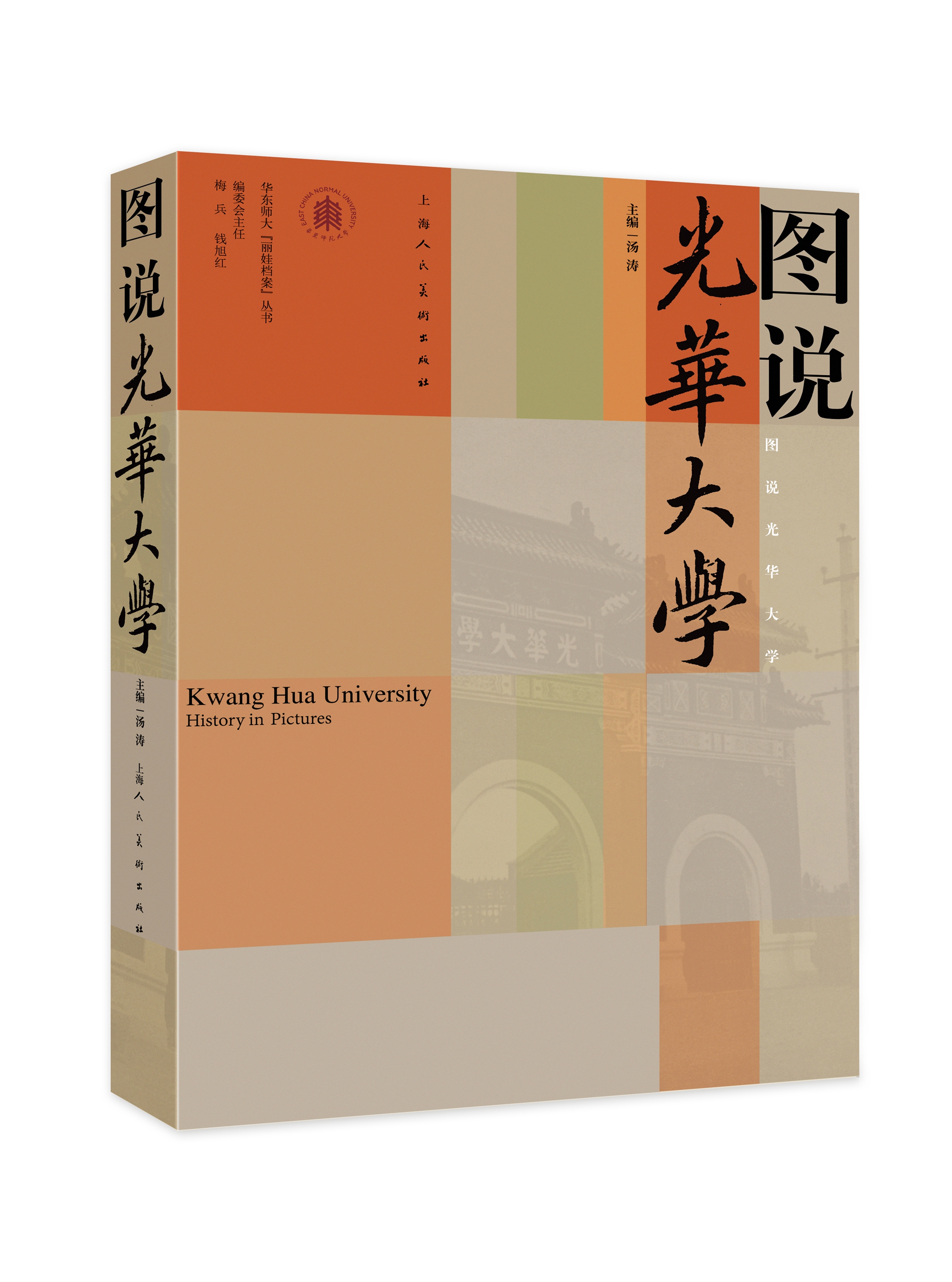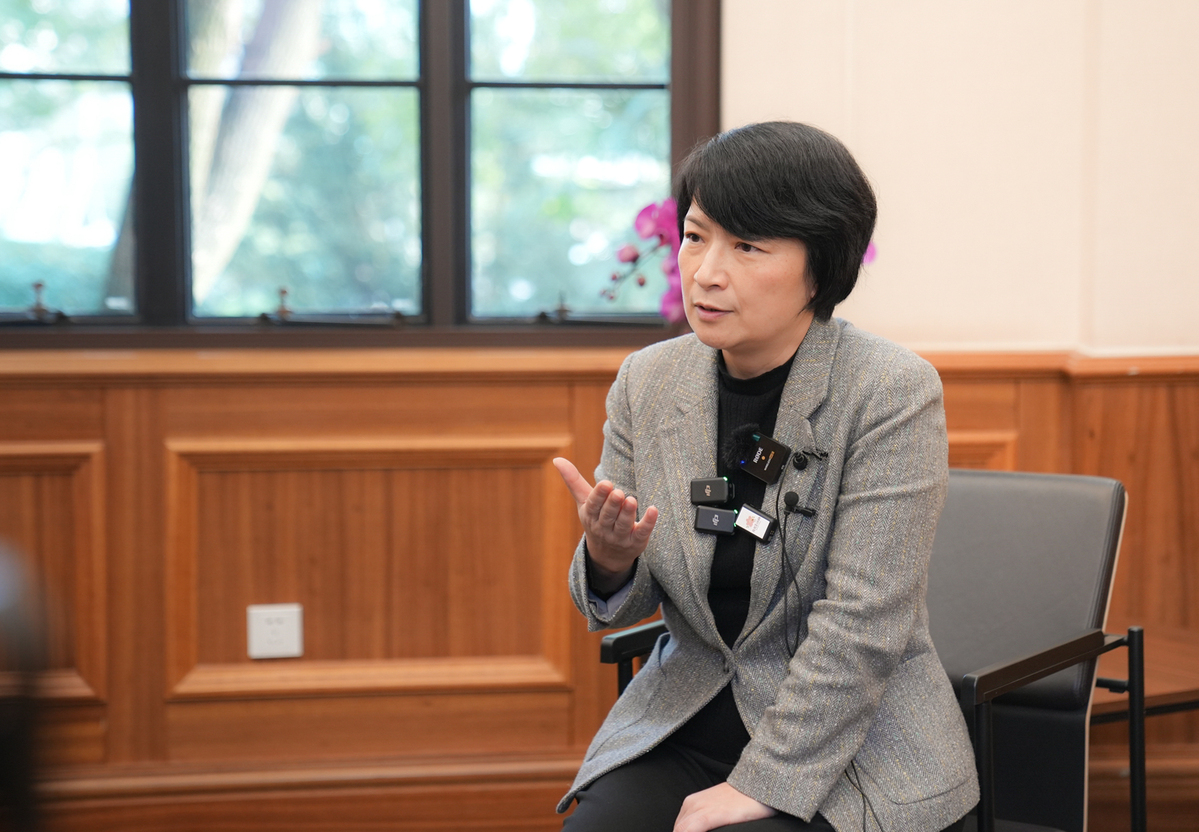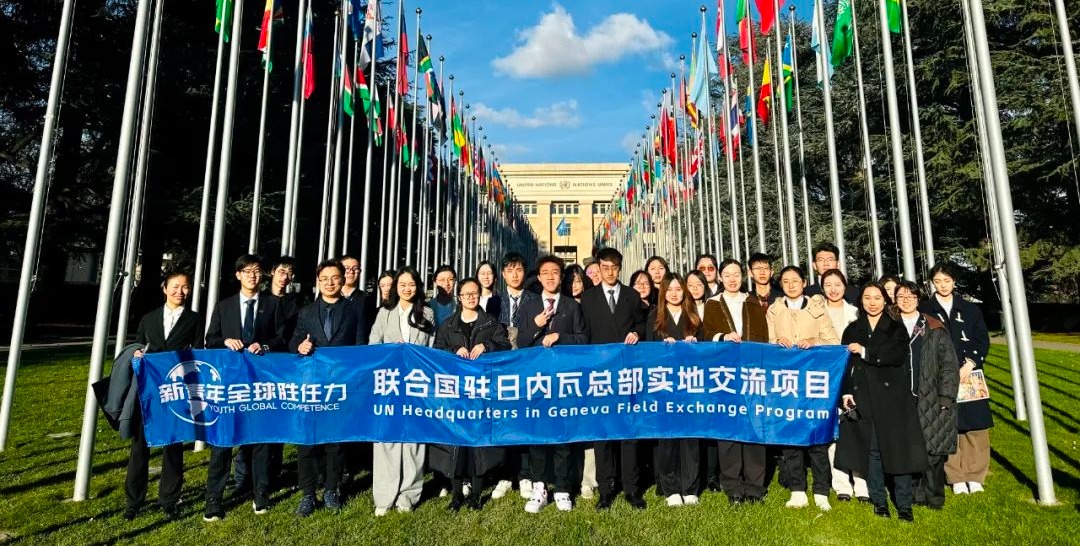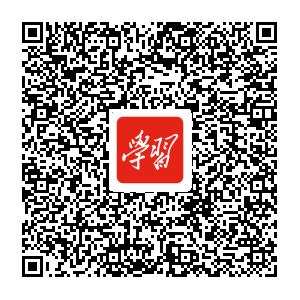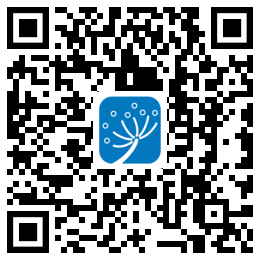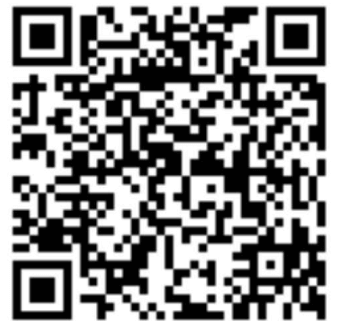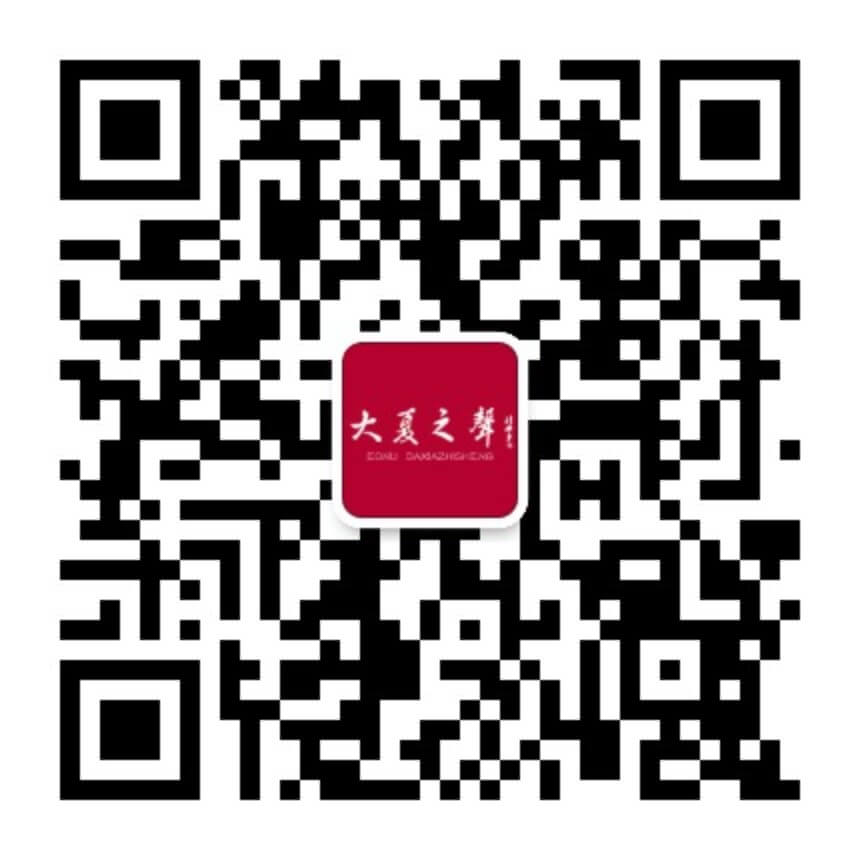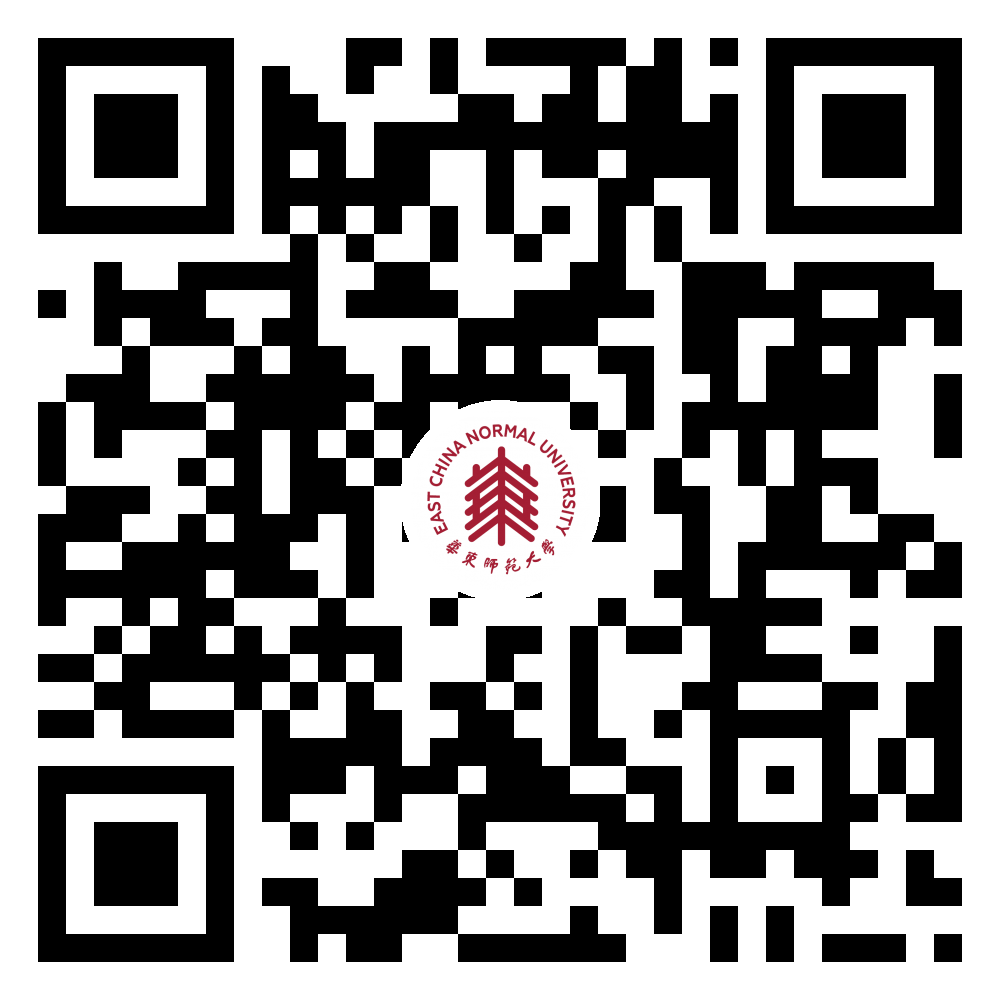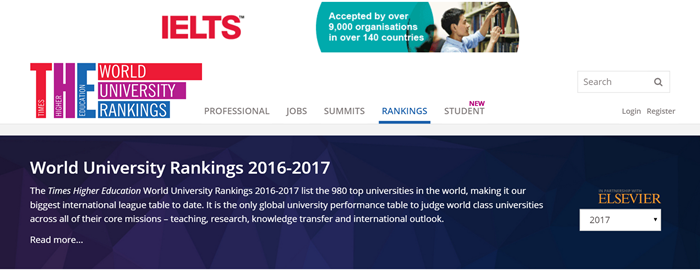
The Times Higher Education releases the World University Ranking 2016-2017.
ECNU snatched the 14th spot in the overall ranking among 52 Chinese mainland universities that made the latest World University Rankings list, which was recently released by Times Higher Education (THE).
Among its Chinese peers, ECNU moved up from last year's 10th spot to 5th this year in the ranking of international outlook category, following Nanjing University, Peking University, Renmin University of China and Jinan University. ECNU was No. 1 in Shanghai.
As for the teaching category, ECNU climbed up four places to the 19th position. It claimed the 11th place in the category of citations, 29th in research, and 39th in industry income.
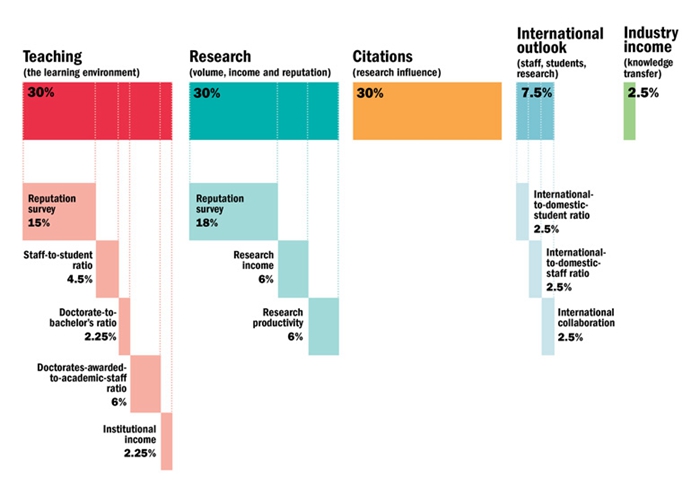
The methodology of 2016-2017 THE World University Rankings.
Founded in 2004, Times Higher Education World University Rankings is an annual publication of university rankings by THE magazine. It is considered as one of the most widely observed university measures together with Academic Ranking of World Universities and QS World University Rankings. It is praised for having a new improved methodology, which is billed by THE as robust, transparent and sophisticated.
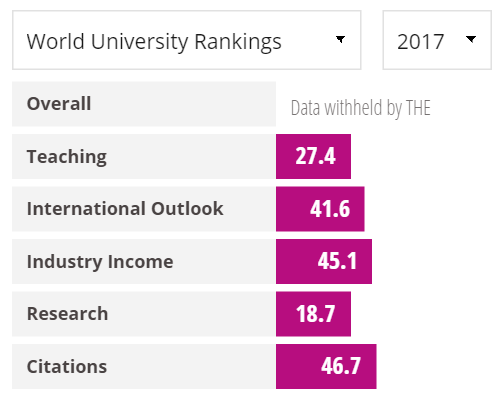
ECNU's indicators of the five categories used by THE.
The inaugural 2010-2011 methodology contained 13 separate indicators grouped under five categories: teaching (30 percent of final score), research (30 percent), citations (30 percent), international outlook (7.5 percent), industry income (2.5 percent). THE’s data are trusted by governments and universities and are a vital resource for students, helping them choose where to study.
Apart from citations and industry outcome, the other categories employ carefully calibrated individual performance indicators and lay out the weighting of each indicator.
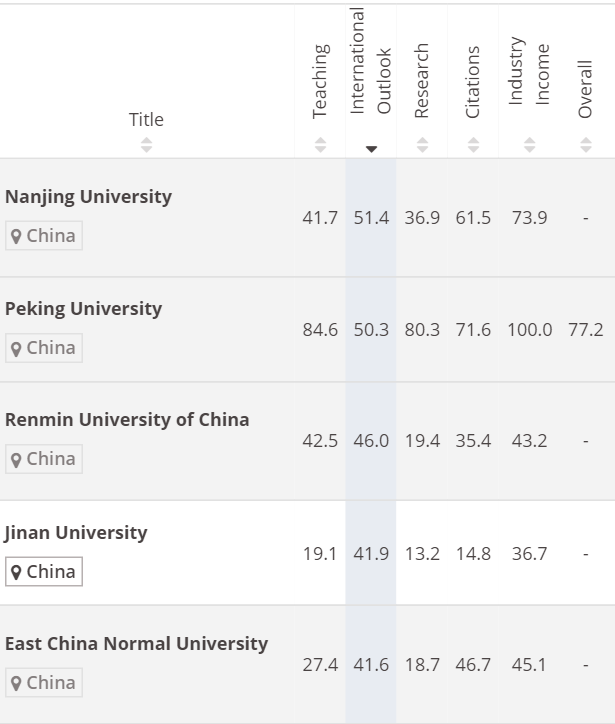
ECNU snatches the 5th spot in the ranking of international outlook category among its Chinese peers.
For example, the international outlook category includes the proportion of international staff and students at each institution as well as the institution's international cooperation in scientific R&D.
THE stated in its official website that both the diversity of a university’s student body and the extent to which its academics collaborate with international colleagues are signs of how global an institution really is. The measure for a university's international cooperation in scientific R&D mainly considers the proportion of research papers published by each institution that are co-authored with at least one international partner.


